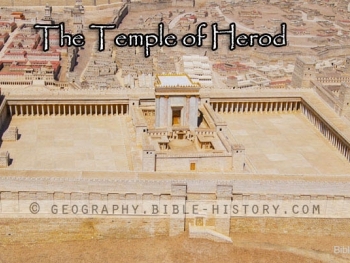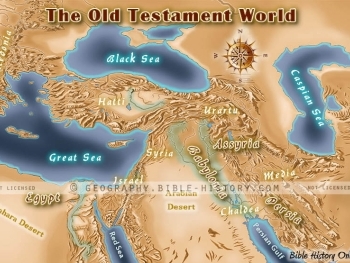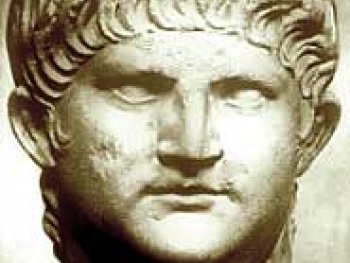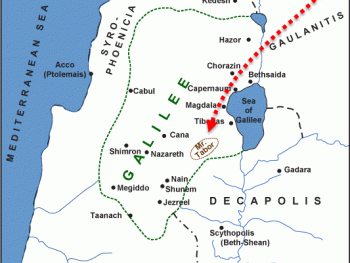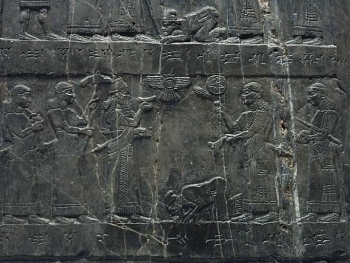The Gupta Empire, which thrived from the 4th to the 6th century CE, witnessed a golden age of cultural and artistic achievements in ancient India. Known for its patronage of the arts, literature, science, and philosophy, the Gupta Empire left an indelible mark on Indian civilization. Exploring the cultural and artistic accomplishments of this period sheds light on the richness and sophistication of ancient Indian society.
- Literature and Intellectual Brilliance: The Gupta Empire saw a remarkable flowering of literature and intellectual pursuits. Sanskrit literature reached its zenith during this period, with celebrated works such as the Kamasutra by Vatsyayana and the plays of Kalidasa. The Gupta rulers themselves, including Chandragupta II and Kumaragupta, were renowned for their poetic and scholarly inclinations.
- Gupta Art and Architecture: Gupta art and architecture exemplify the sublime craftsmanship and aesthetic sensibilities of ancient India. The Gupta period witnessed the development of iconic architectural styles, characterized by intricately carved temples, stupas, and cave complexes. Notable examples include the rock-cut caves of Ajanta and Ellora, where exquisite murals and sculptures depict Buddhist and Hindu themes.
- Temple Architecture and Sculpture: Gupta temple architecture reached new heights of sophistication, blending religious symbolism with technical excellence. Temples were constructed in the Nagara style, characterized by towering spires, intricately carved pillars, and ornate entranceways. The Dashavatara Temple in Deogarh and the temples of Bhitargaon and Sanchi stand as enduring testaments to Gupta temple architecture.
- Sculptural Splendor: Gupta sculptures, known for their grace, beauty, and attention to detail, embody the artistic mastery of the period. Sculptors skillfully rendered human forms in stone and metal, capturing the expressions, postures, and emotions with remarkable realism. The iconic standing Buddha statues of the Gupta period, such as the Sarnath Buddha, epitomize the sublime craftsmanship and spiritual depth of Gupta sculptural art.
- Mathematics and Science: The Gupta Empire witnessed significant advancements in mathematics and science. Mathematicians like Aryabhata made groundbreaking contributions to the field, including the concept of zero and decimal notation. Astronomical pursuits flourished, with scholars making precise observations of celestial bodies and developing sophisticated systems for calculating planetary positions and eclipses.
- Cultural Synthesis and Religious Tolerance: The Gupta Empire fostered cultural synthesis, blending diverse religious and philosophical traditions. Hinduism, Buddhism, and Jainism coexisted, influencing each other's artistic expressions and philosophical ideas. The tolerance and support for different religious traditions promoted a vibrant intellectual and artistic climate.
The cultural and artistic achievements of ancient India, particularly during the Gupta Empire, represent a remarkable era of intellectual brilliance and aesthetic refinement. From literature to art, mathematics to architecture, the Gupta period witnessed a convergence of genius and creativity. The enduring legacy of Gupta art, literature, and intellectual pursuits continues to inspire and shape Indian culture and serves as a testament to the profound contributions of ancient Indian civilization.
